Step-By-Step Guide to Shipping Goods from Costa Rica to Kenya
Step-By-Step Guide to Shipping Goods from Costa Rica to Kenya
Shipping goods from Costa Rica to Kenya can be a complicated process, but with careful planning and research, it can be done with relative ease. This step-by-step guide will provide you with the information and resources you need to successfully ship items from Costa Rica to Kenya. From knowing the rules and regulations of both countries to finding the most reliable and cost-effective shipping companies, this guide will provide you with the necessary information to ensure your goods arrive safely and on time. Whether you’re shipping a single item or a large shipment, this guide will provide you with the information you need to make the process easier and stress-free. With its easy-to-follow instructions, you’ll be able to ship your goods with confidence. So, let’s get started!
Understanding the Rules and Regulations of Costa Rica and Kenya
When shipping goods from Costa Rica to Kenya, it’s important to be aware of the rules and regulations of both countries. Both countries have different rules and restrictions for items entering their ports, so it’s important to know what you need to do in order to ensure your goods are not held back or confiscated. In this section, we’ll go over the rules and regulations of Costa Rica and Kenya. – First and foremost, you’ll need to know what items you’re allowed to ship and what items you’re not allowed to ship. Depending on the country, you may be able to ship pretty much anything. However, it’s always important to check the rules and regulations to avoid any issues. – When shipping goods from Costa Rica to Kenya, you’ll need to be sure they are properly packaged. Improperly packaging your items could result in them being held back or even destroyed. – Depending on the goods you’re shipping, you may need to obtain a permit. Make sure you’re aware of any and all permits required.
Finding the Right Shipping Company
Once you’ve decided what you want to ship and have an idea of the amount and weight of your goods, you’ll need to find a shipping company. There are many shipping companies that will offer their services, so it’s important to do your research and find the right one for your needs. When looking for a shipping company, you’ll want to consider the following: – Pricing – Some shipping companies will offer free shipping or a free quote, while others may charge a fee to provide you with a quote. Make sure you understand the company’s pricing structure and what you’ll need to pay for their services. – Services – Depending on the types of goods you’re shipping, you may need additional services. Make sure the shipping company you choose offers the services you need. – Reputation – You’ll want to find a reputable shipping company with a good reputation. You can find this information online by reading customer reviews and talking to others who have used the company’s services.
Preparing Your Goods for Shipping
Once you’ve decided on the items you want to ship and have found a shipping company, you’ll need to prepare your goods for shipping. There are a few things you’ll need to do before shipping your items. First, you’ll need to clean your items and make sure they are free of dirt, dust, and other contaminants that could damage the shipping container. Next, you’ll need to label your items to ensure they arrive to their destination without any issues. You can do this by putting identifying labels on the inside of the items, or by putting labels on the outside of the items. Along with labeling your items, you’ll want to make sure you properly seal them in a clean and dry shipping container. You can use shipping pallets, shipping cartons, or other containers to protect your items from dirt and damage.
Proper Packaging for Shipping
As we mentioned above, you’ll need to properly package your items for shipping. You’ll want to make sure your items are properly protected and are not likely to be damaged during transit. When packaging your items, you’ll want to be sure to use the correct materials and follow any packaging guidelines provided to you by your shipping company. – If you’re shipping breakable items, you’ll want to make sure they are properly crated and protected. Crating your items will ensure they don’t break during transit, and it will also help keep the rest of your items clean. – You’ll also want to make sure your items are secured and do not have a tendency to shift or slide around inside the shipping container. One easy way to do this is by adding a layer of padding at the bottom of the shipping container to ensure your items stay in place.
Choosing the Right Shipping Method
Once you’ve prepared your goods for shipping and found a shipping company, you’ll need to decide on the best shipping method for your items. Depending on how quickly you need your items to arrive, you may have a few different options for shipping. Below you’ll find a brief outline of each shipping method, how long it takes, and how much it costs: – Air Freight – Air freight is the quickest and most reliable shipping method. It is mostly used for time-sensitive or high-value goods. It can, however, be quite expensive. – Ocean Freight – Ocean freight is the most cost-effective shipping method. It is slow, but it is reliable. It is mostly used for heavy or oversized items. – Road Freight – Road freight is the cheapest shipping method that is not guaranteed. It is mostly used to ship smaller items. – Shipping via Container – Shipping via container is a cost-effective way to ship large quantities of goods. It is also safer than shipping individual items.
Tracking and Insurance for Your Goods
Once you’ve shipped your goods, you may want to consider purchasing tracking and/or insurance for your items. This can be very helpful in the event that your goods are lost or damaged during transit. It can also help you keep track of your items during transit to ensure they are moving along as planned. Keep in mind that not all shipping companies offer tracking services, so it’s important to confirm that the company you choose offers this service. Additionally, some shipping companies offer insurance. This can be helpful if your goods are lost or damaged while in transit. The insurance company will pay you for the value of your goods, and you can then take that money and buy new items. The decision to track or insure your goods is completely up to you. It will, however, come at an additional cost.
Completing the Shipping Paperwork
Before you finalize your shipping arrangements, you’ll need to complete the necessary paperwork. You’ll first need to make sure you have the correct IATA code for your goods. You can find this code on the goods you’re shipping or on the packaging they come in. Once you have the code, you’ll need to complete the HS code and other required paperwork. The HS code will allow your goods to be properly tracked and will provide the necessary information to customs agents once they arrive in Kenya. With the correct paperwork completed and ready to go, you can easily ship your goods and not have to worry about those small details getting in the way.
Tips for Saving Money on Shipping Costs
There are a few ways you can save money when shipping your goods from Costa Rica to Kenya. Below we’ve listed a few ways to save money when shipping your goods. – Choose a Less-Traveled Shipping Route – One of the easiest ways to save money on shipping costs is to choose a less-traveled shipping route. While it’s not always possible to pick the route your goods will travel, it can save you quite a bit of money. For example, routing goods through the Suez Canal or Panama Canal can save you around $2,000 on


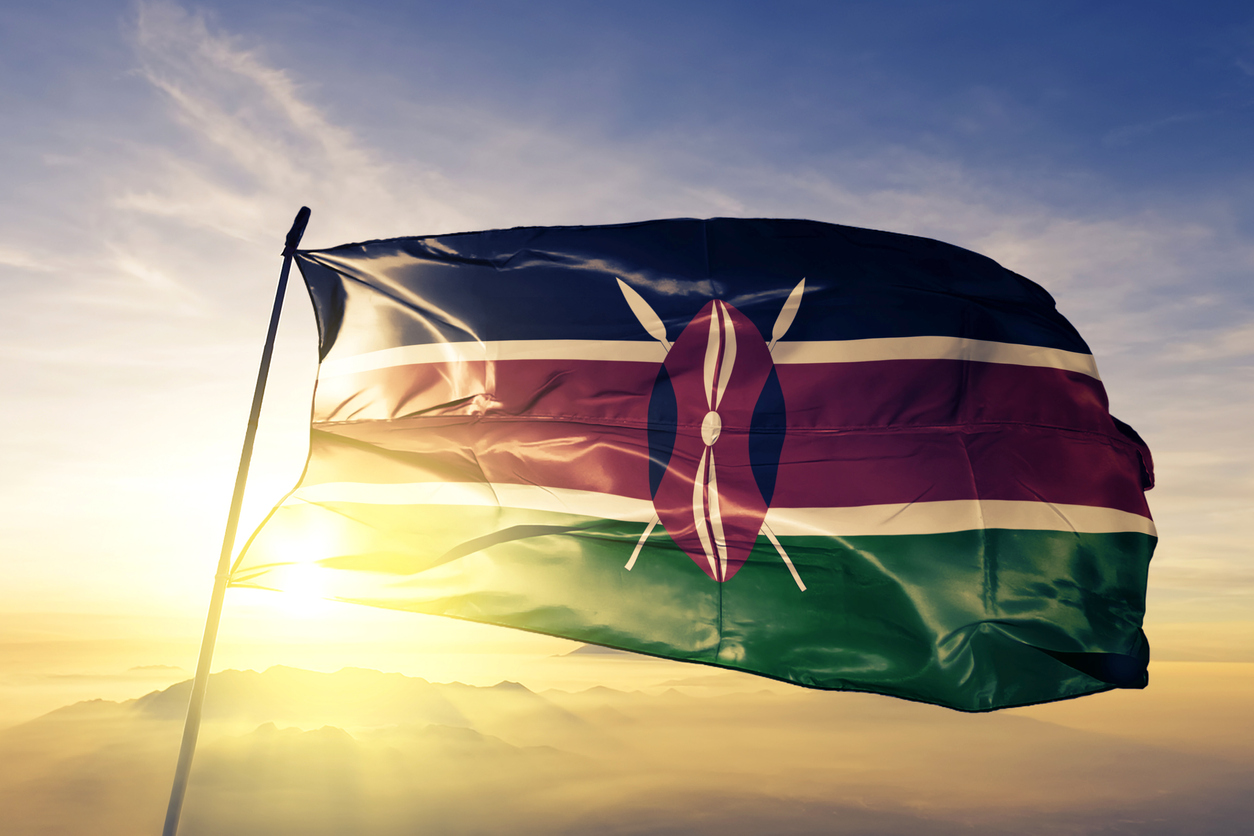

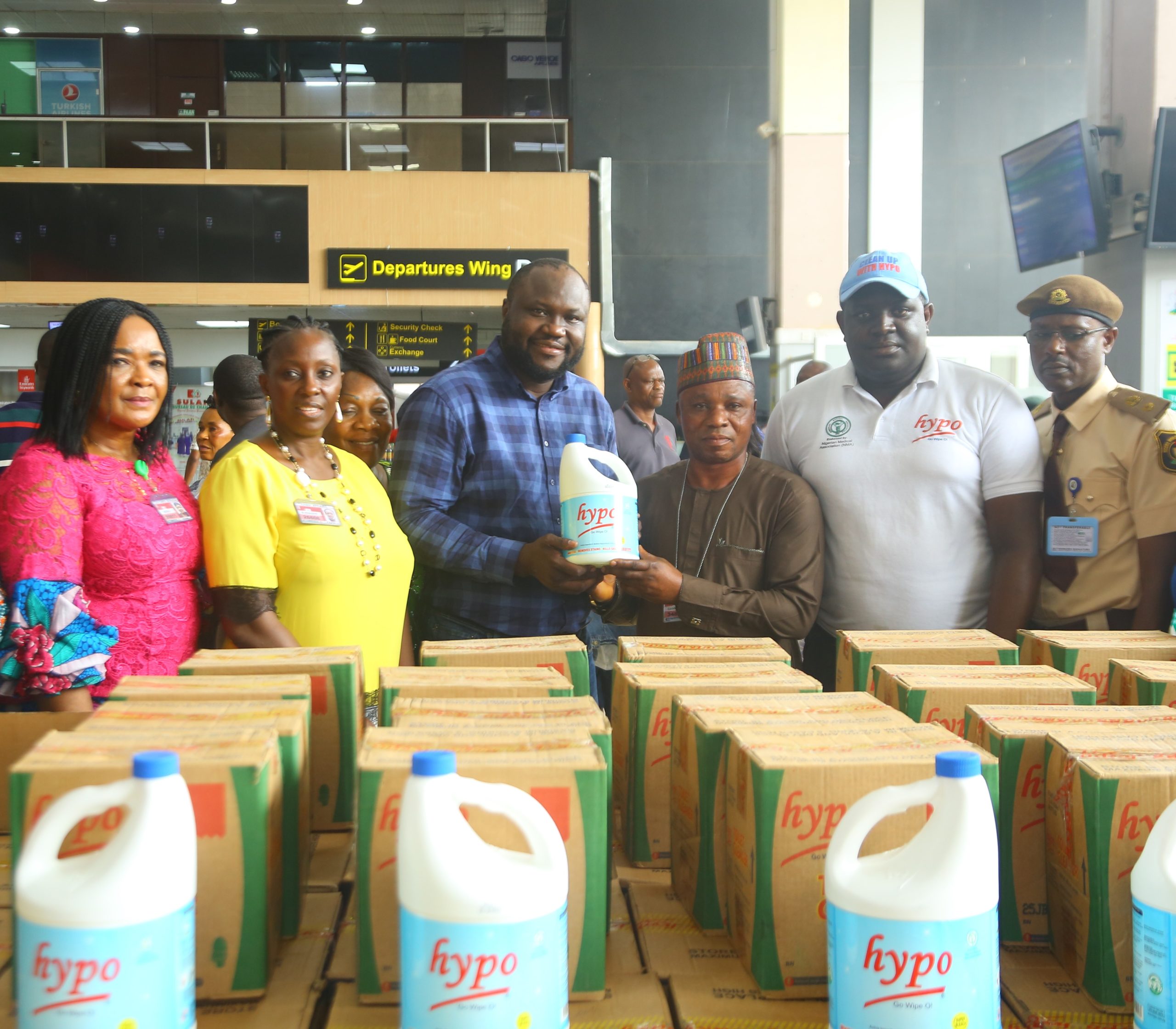
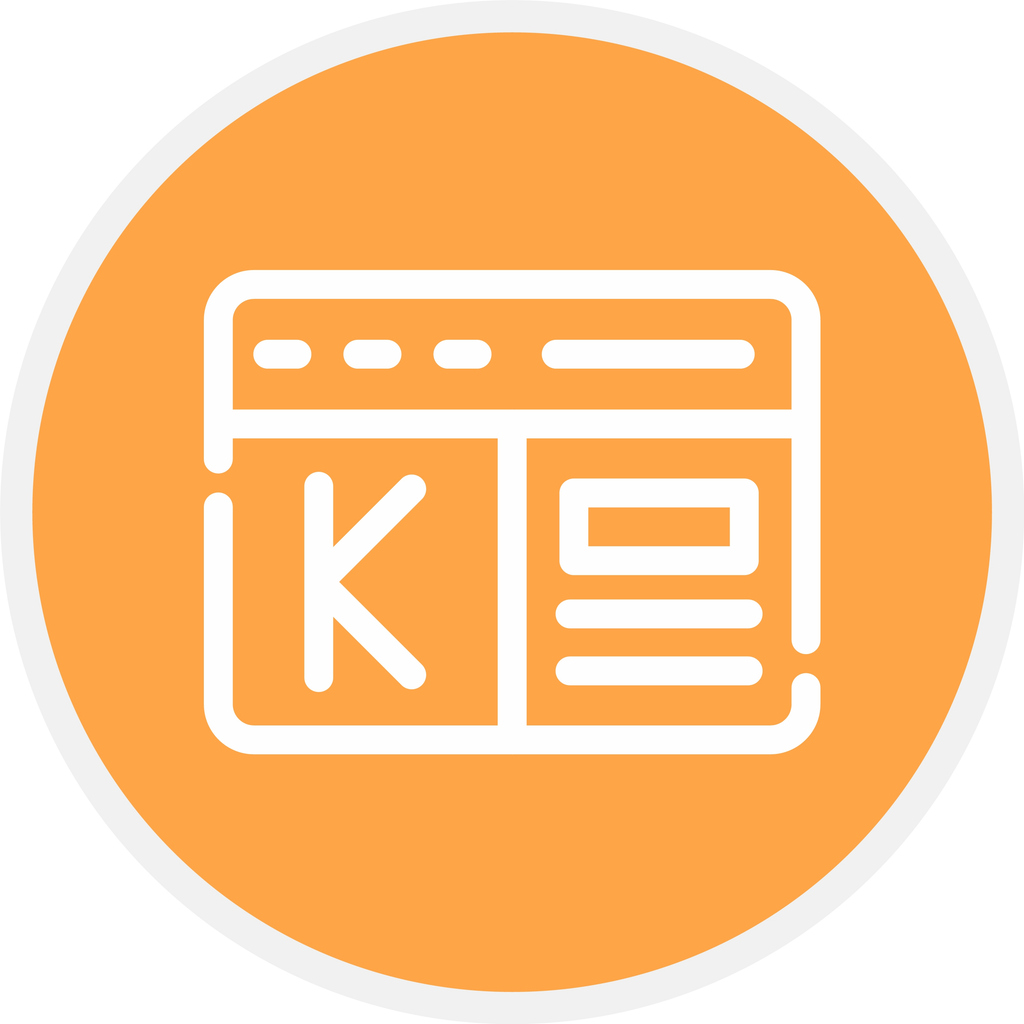
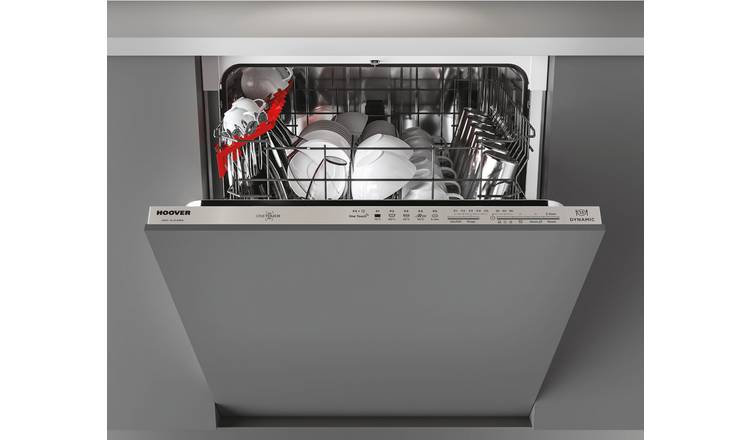
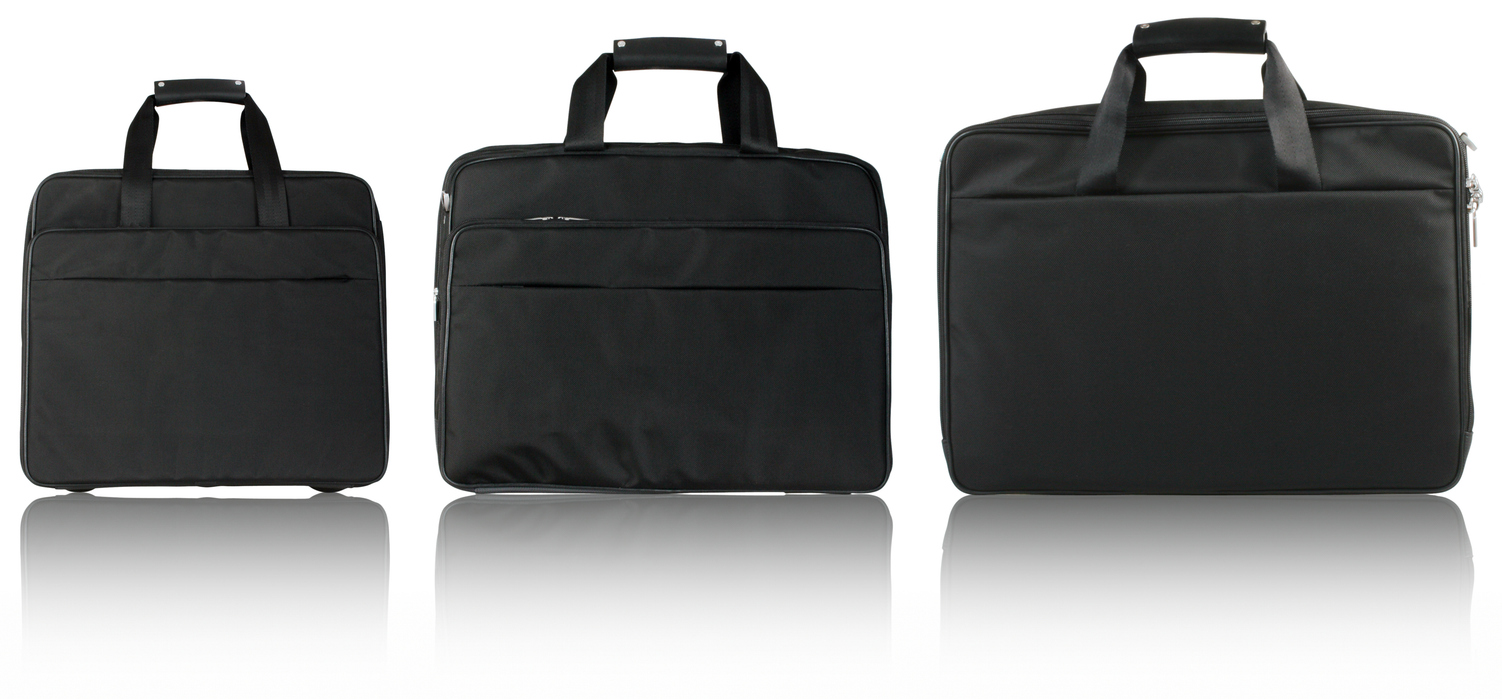
LEAVE A COMMENT
You must be logged in to post a comment.